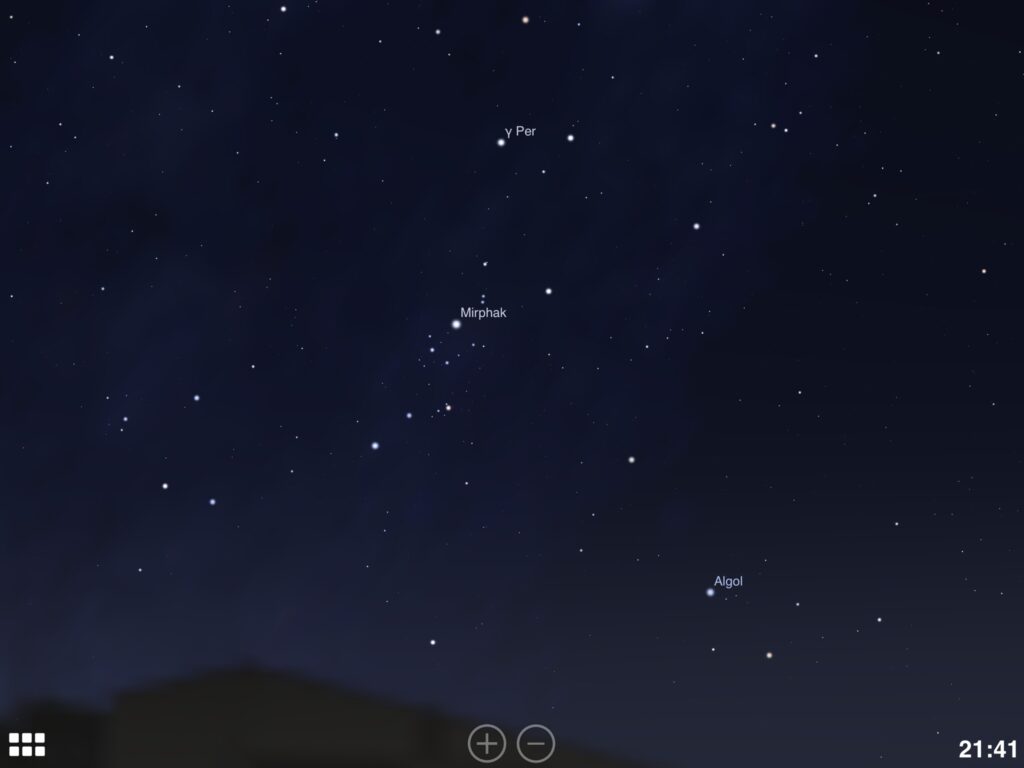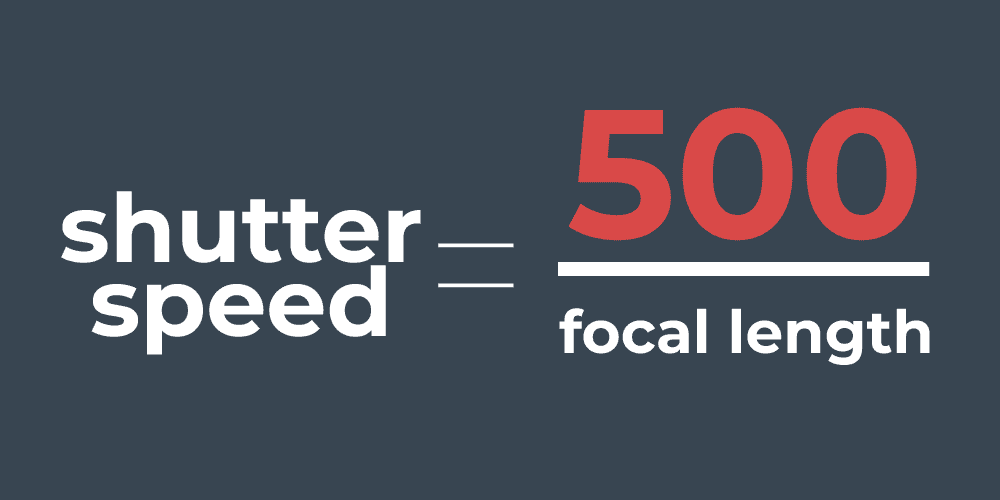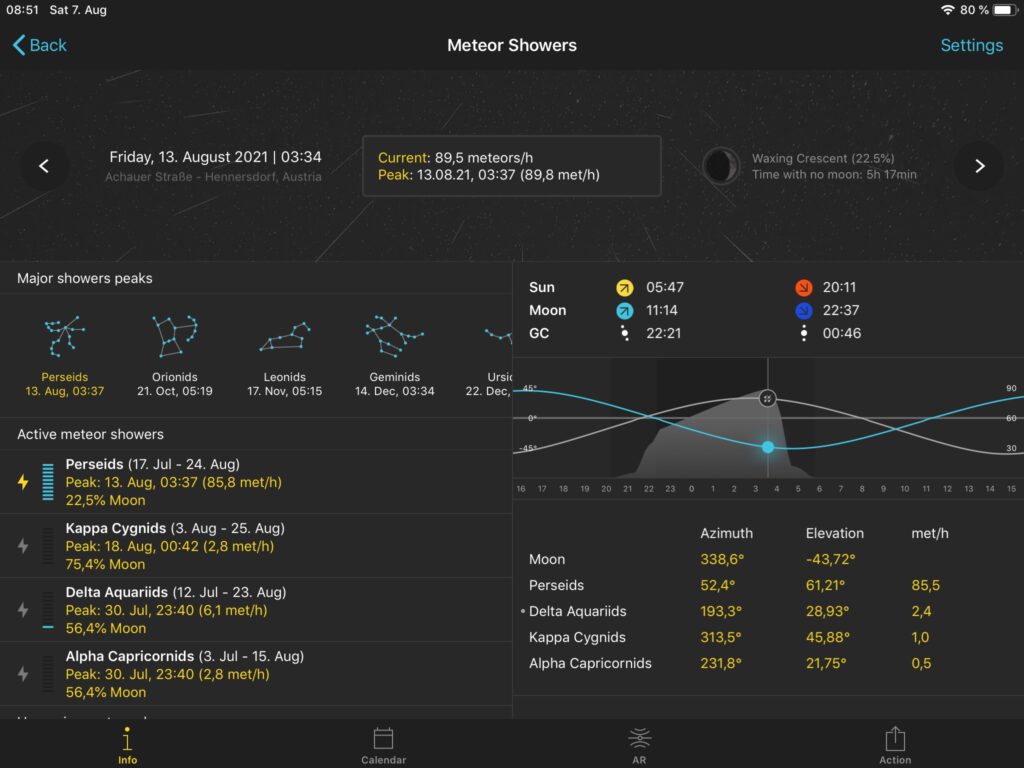Don't Miss the Perseids - Some Photography Tips
The peak of the Perseides meteor shower is coming up on Aug. 12th/13th (depending on your location), so it might be a good idea to get prepared. In this blog post, I’ll cover what you can expect from the metor shower, how to find the best timing, how to locate perseus, which is the origin, and quite importantly: the best camera settings for the perseids meteor shower.

What to Expect?
When talking about meteor showers, people usually have a totally wrong expectation. They see images like mine above (that isn’t even great tbh, in this post I’ll help you learning from my mistakes 
The truth is totally different.
At the peak this year, we can expect a meteor frequency of 89,9/h. That’s a little over one meteor per minute! That’s close to nothing and people who often sit outdoors to do some star gazing will see meteors every night without the need of the Perseides.
What is special is that we know the origin of the shower pretty well, being the constellation perseus. So we can align our cameras and wait for the meteors to appear in our images.
However, don’t expect much more than one or two meteor showers per image, and they won’t all be within the frame that your camera captures. So most of your images will have no meteors at all. If you want to create one of those spectacular perseides meteor shower images, you have to stack the shots in your editing software. Which I will explain below.
Satellites vs meteors
It’s very likely that you get excited pretty quick and think you are the lucky one who got many many meteors in an astronomical moment of glory.
The bad news is: nope, you are not. Chances are, that you photographed mostly satellites.
Rule of thumb: if it is slow and appears in more than one image, it’s a satellite.
Meteors on the other hand only appear for a fraction of a second, usually leave a rather short trail and the meteor trail is usually slightly colored. This image shows a rather extreme example in regard to color.

Timing is everything
Since you now know the truth and are still here, I guess you are serious about it. First things first: we need to make sure we are out and about at the best time where most meteors will appear.
Two days before and two days after the peak of the Perseids meteor shower, you’ll only get half of the meteors per hour – at max!
Same with the time on that particular day. Too early or too late and you’ll get much less meteors.
A perfect tool for getting the time right is an app called photoPills. It doesn’t only help with the Perseids shower (it has a dedicated tool for meteor showers), but with a lot of other photography related things, like Milky Way photography, shoot planning (in regard to sun and shadow), golden hour, blue hour and much, much more. It costs US$ 9,99 and is a on-time fee. It will exactly list the perfect time for your location and the number of meteors to expect at that time.
Aligning
There are in fact two ways to align your cameras: either towards the constellation of Perseus, or in the opposite direction, which is roughly the core of the milky way.
First Perseus:
That’s easier than you might think. I’m not an astronomer but a photographer. So if I can do it, you can too. Also please note, my explanations might not be scientifically or astronomically correct, but they’ll get you there 
At best you first find the Milky Way. If you cannot immediately see it with your naked eye, there are also apps that will help you find it. You can use the above mentioned PhotoPills, but there are other apps too, like Stellarium, etc.. If you have a recommendation, please leave a comment, I’ll happily edit the post to include them.
Another way would be to search the web for the exact direction, but that is pretty cumbersome to be honest. Getting an app is much easier.
OK, back to the Milky Way. Perseus is not in the most photographed area of the milky way (the galactic center), but rather on the opposite side. So follow it across the sky, and just above where it hits the horizon, there is a pretty bright cluster (the so-called Alpha Persei cluster). That’s part of the Perseus constellation. The brightest star being Mirphak (or Alpha Persei), one of the brightest stars in the night sky. North of New York City (Naples in Europe) that star never sets. If you are using one of the above mentioned apps, you can also use their search function to search for Alpha Persei, or Perseus in general. That will make it even easier.
Second, shooting against the Milky Way Core:
And the other option, is to shoot in the exact opposite direction, right towards the galactic center of the milky way. That way, the meteors will pass over your head towards the galactic center and leave longer streaks.
Which one to choose?
That mainly depends on your location. If one direction is light polluted and the other one isn’t, it’s a no-brainer. If both directions are dark, I’d go with the galactic center.

Camera Settings for the Perseids Meteor Shower
The perfect camera settings for a meteor shower are slightly different than for regular Milky Way shots. Reason being is, that the meteors will cross your frame very fast and therefore won’t benefit from longer exposure times. So while for regular Milky Way shots, you’d go for the maximum possible exposure time, that wouldn’t create star trails, in order to make the stars as bright as possible, that is different for meteor showers.
Shutter Speed for regular Milky Way Shots
So when I say you need to use a longer exposure time – remember, the weird name we photographers use for exposure time is shutter speed – so when I say you need a longer exposure time for the Perseids Meteor Shower than for regular Milky Way shots, we first need to discuss what you’d use for regular Milky Way shots.
That depends on the lens you use because too long shutter speeds will create star trails. Reason being is, that the stars move faster across our horizon than you might think. Too short shutter speeds however will not let enough light in and will create an under exposed image.
So for regular Milky Way shots, you want the longest shutter speed, that doesn’t create star trails.
There are several different formulas for that, and for example PhotoPills that I mentioned before will do the calculations for you.
The easiest formula is the so-called 500 rule.
To get your shutter speed, divide 500/focal length.
So if you for example use a 25mm lens, you can use a maximum shutter speed (remember shutter speed=exposure time 😉) of 500/25=20sec.
So surely realized, that the wider your lens, the longer you can expose without getting star trails.

There are other formulas that also take sensor size and resolution into account, but this is a great starting point. If you really want to go into detail, I’d strongly recommend getting an app like PhotoPills, because then it’s absolutely worth the few bucks.
Best Shutter Speed for Meteor Showers
So much for regular Milky Way shots. I told you that the meteors of the Perseids Meteor Shower and any other meteor shower will not become brighter in your image if you choose a longer exposure time (or slower shutter speed as we photographers weirdly call it).
So you would need other options that will allow you to brighten the meteors, but expose the rest of the image (stars, etc.) as you’d do for regular Milky Way shots.
But first back to shutter speed: you have calculated the best shutter speed for the Milky Way above. Now for meteors, you cut that in half. So if you calculated 20sec, you’d use 10sec.
That will obviously create a darker image all together, so we need to compensate for that.
Aperture
Since you should know by now that a bigger aperture will let more light into your camera and you probably understand that it’s pretty dark at night, you will use the smallest f-number your lens supports for any night sky image – so that doesn’t change, no matter if you photograph the Milky Way or the Perseids Meteor Shower.
ISO
That leaves us with ISO as the only option to compensate for the loss of light that we’ll get for choosing a shorter exposure time.
As you know, ISO is the gain. You usually want it as low as possible, but our settings above are maxed out, so we have no other choice but raising the gain. And since it is really dark out there, you will have to raise it quite a bit. A good starting point for meteor showers is ISO6400 for an f/2.8 lens. The exact value however depends on different factors (like light pollution, your location on our planet, etc.).
Just remember that since you chose half the shorter exposure time, that you’d usually choose for a night-time shot, you’d need to double the gain to make up for that.
Reminder
The reason why to choose a shorter exposure time is because the meteors are just appear for around a second. So choosing an exposure time of 20sec rather than 10sec will not make them brighter.
Raising ISO however does make the meteors brighter. But raising ISO will also make the rest of the night sky brighter, and that’s why we need to use a shorter exposure time to basically compensate for the raised ISO.
Doubling the ISO and compensating with half the exposure time will get you double the brightness on the meteors, while leaving the brightness of the rest of the night sky untouched.
That will obviously give you more noise, but it’s now on you to decide, whether you prefer brighter meteors, or less noise.
Focus
First and foremost: you want to use manual focus. So far no camera can auto-focus on the stars.
The bad news: it is really tough to focus with entry-level gear. Reason being is, that the better a camera/lenses low light performance, the brighter you will see the stars on your display. So for example a prime lens with an f/1.8 aperture will create a 4x brighter star on your display, than a kit-lens with f/3.5 will. Focusing on a 4x brighter star is 10x easier. If you now add a camera with a very good low light performance, you will become a star that is 16x brighter on your display than on an entry-level camera.
That doesn’t mean it isn’t doable, but it means that you may not have a level playground compared to people with better gear – so don’t listen to people who say gear doesn’t matter.
What you want to do is :
- center the brightest star in your frame
- set your camera to live view
- zoom in all the way on that brightest star
- manually focus until it is as sharp as possible
- without touching the lens, frame your shot
There are other ways to focus, like
- focusing on a very distant light (of a city if you are not far enough away from a city),
- focus during daytime on a very distant subject and then tape down the focus ring
- using an external HDMI monitor (brighter and bigger magnification)
The best way to focus
Lately I have found an awesome solution though, which is a technological enhancement of the Bahtinov Mask – it is called the Focus on Stars Filter. This one makes manual focusing a breeze by creating a clearly visible pattern on your display. I’ll update this post as soon as I have decent images. Check the link above in the meantime.
Interval Timer
In order to get as many meteors as possible, you want to shoot as many images as possible. An interval timer is the perfect tool for that. It will shoot images at a set interval.
Some cameras have built-in interval timers, which is the best option, but if it doesn’t there are very cheap ones available. You don’t need the ones from primary manufacturers, they all work the same.
If your shutter speed is 25sec as in the example above, you would assume that you can set the interval to 25sec. But be careful: cameras need some time to save the image. So you need to give it a few seconds to do that. How many, depends on your camera, so you’d better do some tests before the big day. Once you know how long it takes, you add these seconds to the 25sec and get your interval.
Now the camera will shoot images with set interval as long as the battery lasts.
Additional Tips
- Turn off long exposure noise reduction in your camera, otherwise the camera will take twice as long for every single image.
- Depending on the region you live in, moisture can be a big problem, if you let your camera run for a few hours. There are dedicated tools to avoid dew accumulating on your lens. Let me know if you need some links.
- If the weather is good, use the days prior to the peak to practice the settings on the Milky Way. At the moment the visibility of the Milky Way is great, because the moon is new and not on the horizon during most of the night.
Why could that be an issue? Because the moon creates a lot of light pollution, just like bigger cities do. So you also want to be as far away from cities or towns as possible for the best results. To find great locations, I’d recommend using a light pollution map. The above images were shot at a so-called Bortle 3 location, so a rather dark sky. But in the background are the suburbs of Vienna, so not actually the best place either.
Editing
To combine your shots, you need photoshop or something similar. I’ll make a tutorial for that after the meteor shower. Then I hope I not only have the images from last year, but new ones too.
Wish me luck that there will be no clouds obstructing the view.
